Regarding the information that Chinese milk grapes were found to contain toxic substances in Thailand, Mr. Nguyen Quang Hieu, Deputy Director of the Plant Protection Department (Ministry of Agriculture and Rural Development), said that in 2024, the Department inspected 10 samples of grapes imported from China and found no food safety violations.
On the afternoon of October 31, Mr. Nguyen Quang Hieu, Deputy Director of the Plant Protection Department (Ministry of Agriculture and Rural Development) spoke with the press to clarify the information about Chinese milk grapes being found to contain toxic substances in Thailand and the results of inspection, monitoring as well as solutions to apply food safety inspection for milk grapes imported from China in the near future.
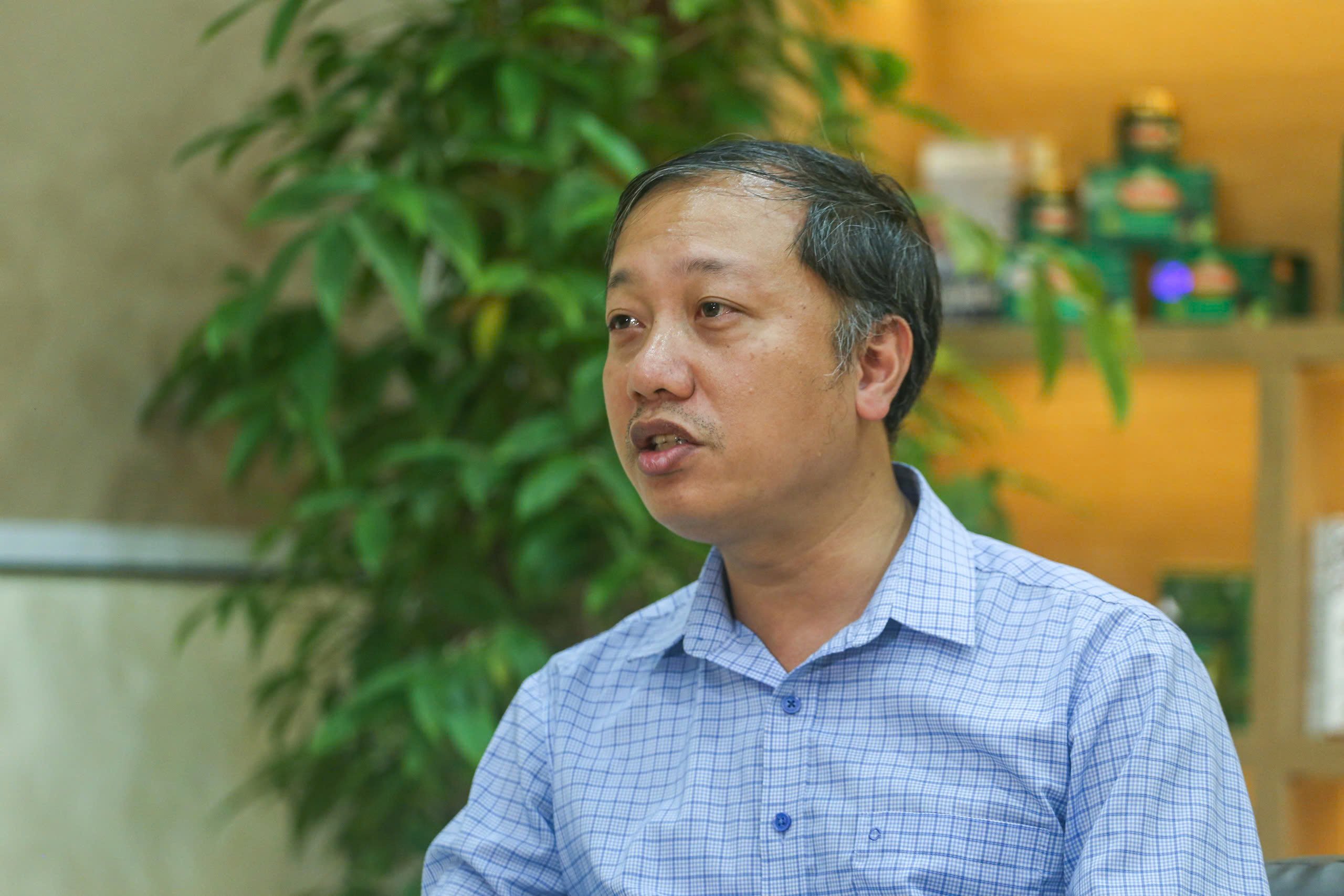
Mr. Nguyen Quang Hieu, Deputy Director of the Plant Protection Department (Ministry of Agriculture and Rural Development) spoke to the press to clarify information about Chinese milk grapes being found to contain toxic substances in Thailand. Photo: CT
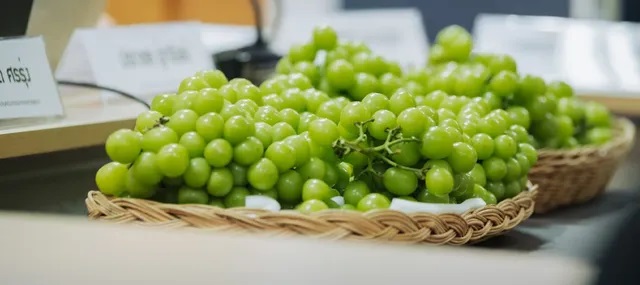
Milk grapes in Thailand. Photo: FDA Thailand
Recently, the Thai Pesticide Alert Network (Thai-PAN) issued a warning about the contamination of milk grapes after discovering that most of the collected fruit samples contained toxic chemical residues exceeding the maximum allowable level.
The agency purchased 24 samples of popular grapes from various locations in early October. As a result, 23 out of 24 Shine Muscat (milk grapes) samples tested were found to be contaminated with toxic substances. Of these, 9 milk grape samples were identified as imported from China, while the origin of the remaining 15 samples was unknown.
"We were quite shocked to see that 23 out of 24 samples had pesticide residues exceeding the permissible limit," said Prokchon Usap, coordinator of Thai-PAN.
Notably, one sample of milk grapes was found to contain pesticides banned in Thailand; 22 samples contained 14 harmful chemical residues exceeding the safe limit and 50 other pesticide residues. Many pesticides are capable of penetrating the grapes to help them stay fresh longer.
"Regarding this, we have checked the information and found that this is a non-governmental organization and they are an independent assessment unit that has made its findings to promptly work with the Thai authorities to have a more official warning. Immediately after receiving this information, the Plant Protection Department contacted the representative of the Thai Ministry of Agriculture to seek and receive official information," said Mr. Hieu.
According to Mr. Hieu, food safety inspection in Vietnam is carried out according to the provisions of Decree 15/2018/ND-CP and grapes are inspected according to the normal food safety inspection method (only checking records).
"Every year, the Plant Protection Department has a monitoring program to collect information and data to promptly prevent risks that can lead to food insecurity; secondly, an assessment to determine the safety level of products imported into Vietnam; thirdly, there are timely findings to supplement and are an important basis for changing inspection methods" - Mr. Hieu informed.
The Plant Protection Department's leadership said that in 2024, about 10 shipments were sampled for testing in the monitoring program, and the results showed that no samples were found to have residue levels exceeding the maximum allowable level in Vietnam. In 2023, the Plant Protection Department tested 77 samples and found 1 sample (1.3%) violating Vietnam's food safety regulations.
Regarding the information that Chinese milk grapes were found to contain toxic substances in Thailand, Mr. Hieu said that the Plant Protection Department has contacted and obtained official information from the Ministry of Agriculture and the Thai FDA. Based on the analysis results and official warnings from Thailand, the Department will consider and apply strict inspection methods to imported grape shipments from China.
"The Department will work with the plant protection systems that the Department is participating in, especially with China, to evaluate and collect more information to conduct risk assessments. These are the most important bases to be able to propose increased inspections or propose raising the risk level to high or low," Mr. Hieu shared.
The leader of the Plant Protection Department also noted that information on the mass media about this issue needs to be officially reported by the management agencies (Ministry of Agriculture and Rural Development) to avoid causing inaccurate public opinion in society.
In recent times, milk grapes have been a popular import item in Vietnam. Milk grapes, with the English name Shine Muscat, originally came from Japan and are known as the “Hermes” of the grape village. However, this type of grape is no longer considered a “noble” fruit in China, as it is widely grown in many localities.
In China, milk grapes are called Sunshine Rose with the main growing areas in Shaanxi, Xinjiang, Yunnan, Gansu, Ningxia... This type of milk grape has large, glossy green fruit, with or without seeds. When ripe, the grapes have a rich sweet taste and a very special milky aroma. Currently, Chinese milk grapes are being sold in many supermarkets, stores, online markets and covered in sidewalk vendors at super cheap prices, commonly from 50,000-80,000 VND/kg, even some types cost only 20,000-30,000 VND/kg.
Source: https://danviet.vn/lanh-dao-cuc-bao-ve-thuc-vat-noi-gi-ve-thong-tin-nho-sua-trung-quoc-bi-phat-hien-chat-doc-hai-o-thai-lan-2024103117140436.htm






![[Photo] Prime Minister Pham Minh Chinh chairs conference on anti-smuggling, trade fraud, and counterfeit goods](https://vphoto.vietnam.vn/thumb/1200x675/vietnam/resource/IMAGE/2025/5/14/6cd67667e99e4248b7d4f587fd21e37c)

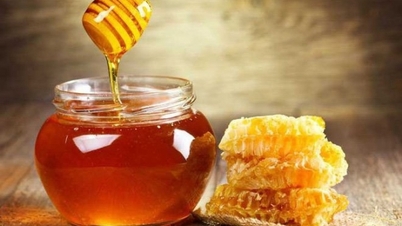

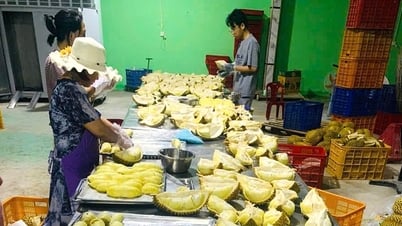

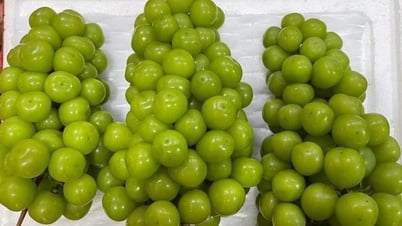

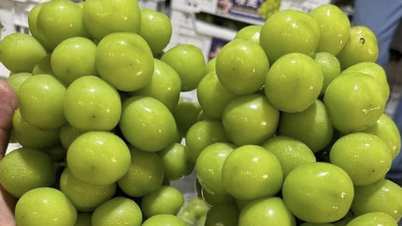
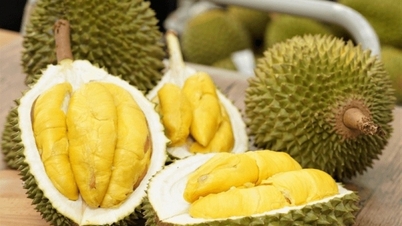


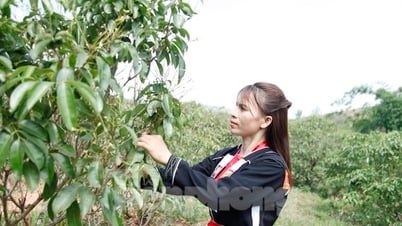

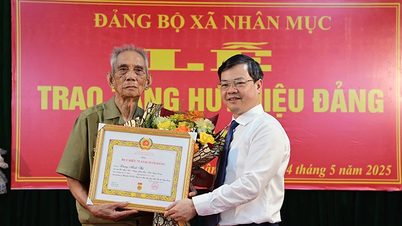

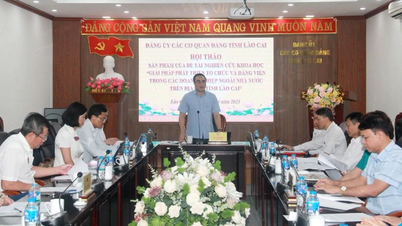
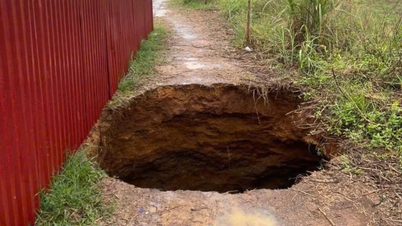
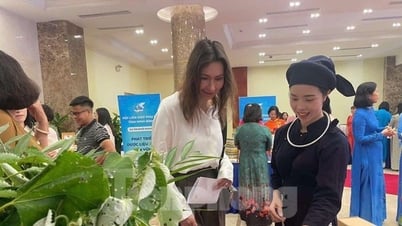
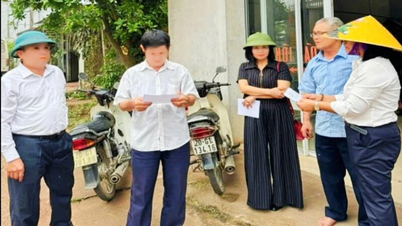






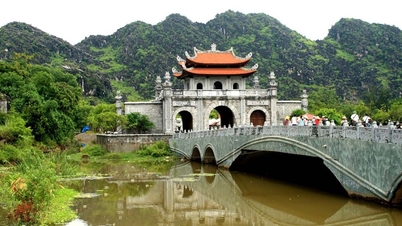

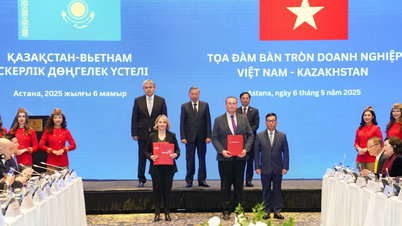


















































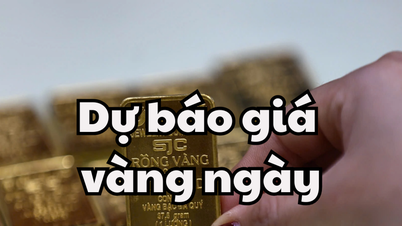





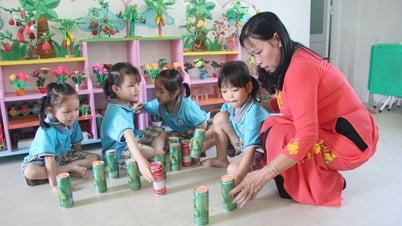









Comment (0)